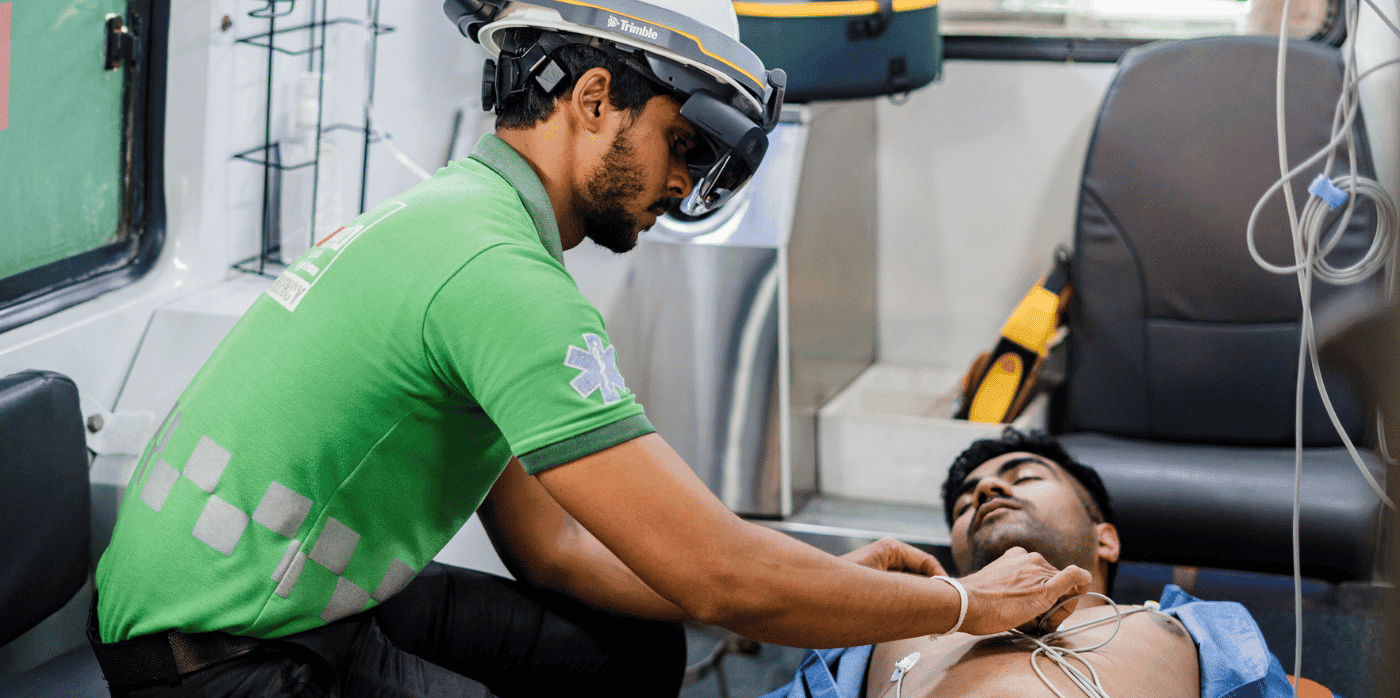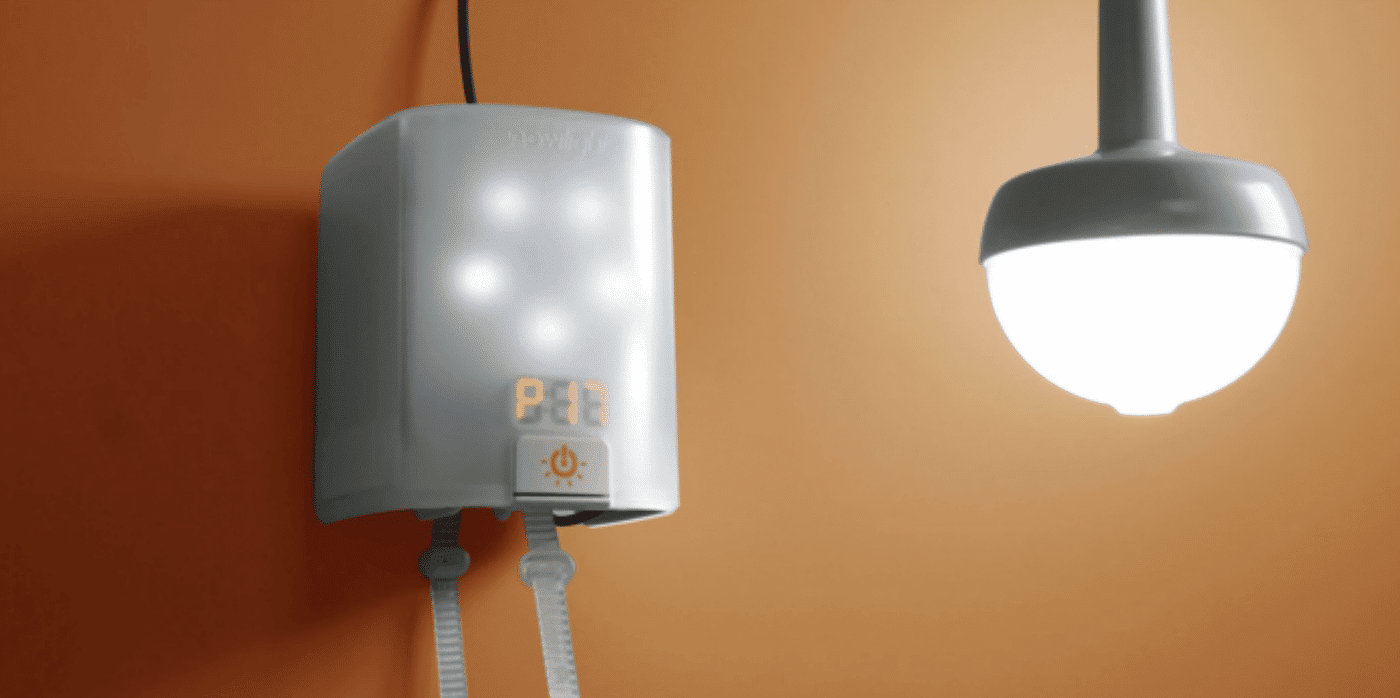How can mixed reality and AI improve emergency medical care?

Spotted: Mixed reality (MR) refers to technologies that create immersive computer-generated environments in which parts of the physical and virtual environment are combined. With potential applications that range from education and engineering to entertainment, the market for MR is forecast to record revenues of just under $25 billion by 2032. Now, in a ground-breaking partnership, Singapore-based company Mediwave is teaming up with Sri Lanka’s 1990 Suwa Seriya to deploy MR and artificial intelligence (AI) to create a fully connected ambulance.
1990 Suwa Seriya is Sri Lanka’s national pre-hospital emergency ambulance service, which boasts response times that surpass even some services in developed countries. The innovative ambulance it has deployed uses Mediwave’s integrated Emergency Response Suite, which combines the latest communications equipment with internet-of-things (IoT) and AR capabilities to enhance the efficiency of the emergency response eco-system.
The connected ambulance ensures swift response times and digitises critical processes, while specialised care can be provided remotely through a Microsoft HoloLens. The technology enables Emergency Medical Technicians (EMTs) – staff who man ambulances in Sri Lanka – to connect with physicians at the Emergency Command and Control Centre. These physicians help the EMTs provide care during the so-called ‘golden hour’ of medical emergencies – the concept that rapid clinical investigation and care within 60 minutes of a traumatic injury is essential for a positive patient outcome.
In addition to connecting EMTs with doctors, Mediwave’s system also employs an AI-powered transcriber to digitise Electronic Patient Care Records. This minimises human error and reduces delays once the patient reaches the hospital.
Other applications of extended reality in the Springwise library include holograms that are used to train doctors, virtual environments for treating phobias, and an augmented reality contact lens.
Written By: Matthew Hempstead


